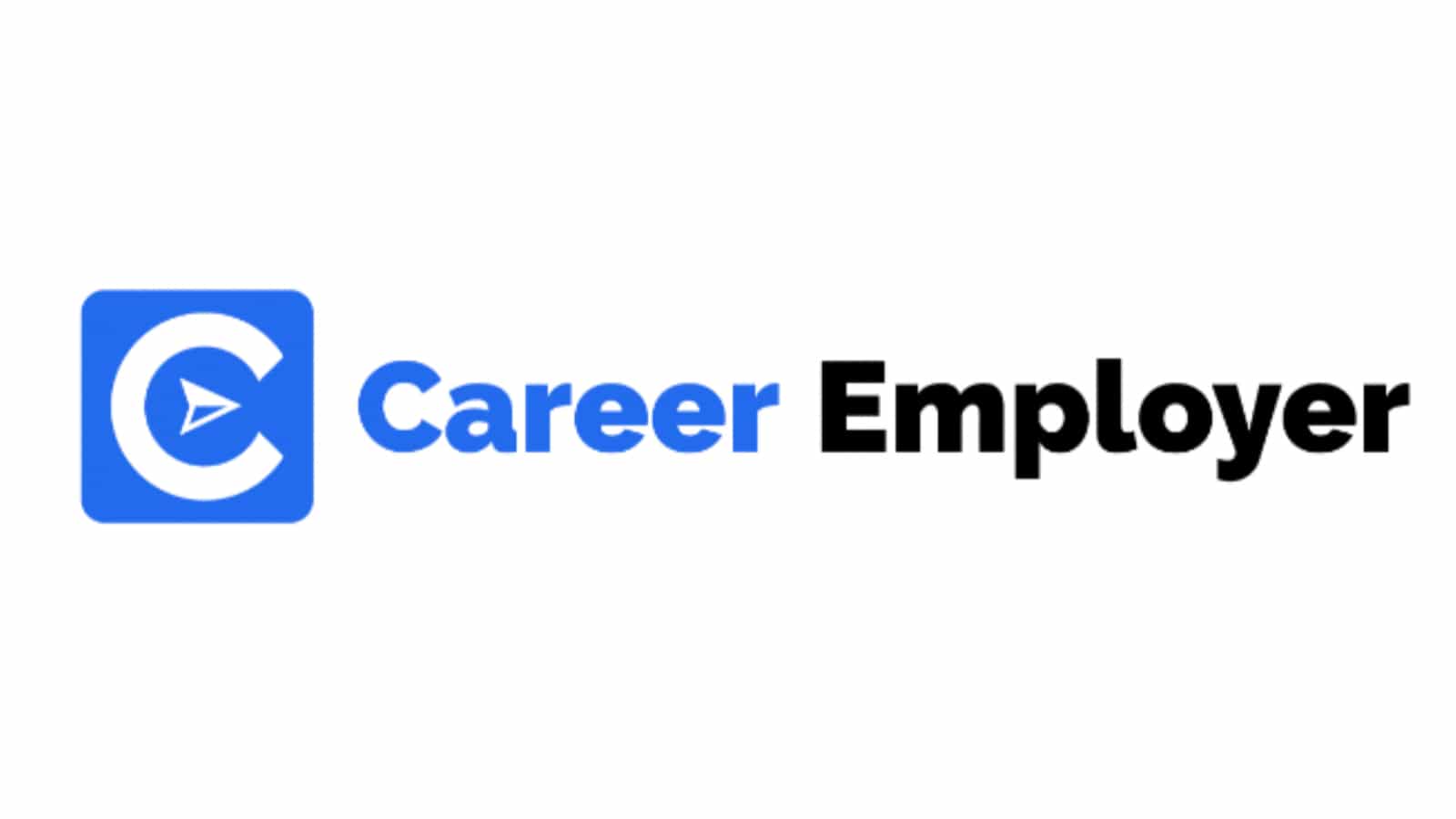During an interview, the recruiter and hiring manager are looking to ensure that you are both professional and have the skills needed to complete the requirements of the role.
However, body language plays a key role in appearing more professional.
Body language tips for interview include not slouching, looking the interviewer in the eyes, and walking in confidently.
Everyone knows that an interview is more than just a resume and your ability to parrot off what you’ve accomplished over the past number of years.
More-and-more, employers are looking at the subtle one-offs that interviewees give off.
Did they smile enough, were they confident, were they personable, would the interviewee fit in well with the company and team culture?
These are all questions that interviewers are asking.
Being able to carry yourself well in an interview may mean more than a simple resume.
Body language and your ability to convey confidence can help you snag that career opportunity.
Below, we’ve compiled a list of ten effective body language tips that should help you for your next interview.
By practicing these tips, you’ll appear more confident, poised, and ready for that big career move.
Sit All The Way Back In Your Seat
One way to appear confident and self-assured is by sitting all the way back in your seat, with you back firmly against the back of the chair. By doing so, you avoid slouching and give off an air of confidence.
Don’t Stare At The Interviewer’s Eyes
One way to appear confident and self-assured is by sitting all the way back in your seat, with you back firmly against the back of the chair.
By doing so, you avoid slouching and give off an air of confidence.
Don’t Stare At The Interviewer’s Eyes
Contrary to popular belief, you don’t want to maintain full, direct eye-contact.
Rather, you should work in a clockwise manner, going from the eyes, to the nose, to the cheeks, to the chin, and back to the eyes.
Now, you seem to still be engaged and in-tune with the conversation, without coming off too strong by staring directly into the eyes.
Feel free to practice your ‘face contact’ with family and friends so it comes more naturally by the time the interview comes around.
Practice Placing Your Feet
One of the most difficult parts of an interview is knowing where to place your feet once you’re seated.
The absolute best option is to place your feet firmly in front of you.
Doing so will help you to avoid shaking your leg nervously.
If you do need to change your feet, the next best option is to cross your legs at the ankles, not the knees.
Crossing at the knees may force you to show the sole of your shoe to the interviewer, which is considered rude in many cultures.
Use Your Hands To Extend Your Speech
Where you place your hands is nearly as important as where you place your feet.
You want to make sure to avoid crossing your arms, as to not appear defensive.
Rather, you should utilize your hands as a natural extension of your speech.
If you’re discussing a big accomplishment, feel free to use your hands to show a large or grandiose space, which can help the interviewer envision the sizeable accomplishment.
Show Your Palms
Open palms are a sign of honesty and transparency.
It conveys that you have nothing to hide, nor do you have any nefarious intentions.
By speaking and utilizing your hands as extensions of your speech, you draw in the interviewer to trust you and your honesty.
Walk Like You Mean It
In one study, interviewers were likely to make hiring decisions within the first 10 seconds of meeting a potential candidate.
When you walk up to an interviewer, you want to convey confidence and assurance.
Having your shoulders pulled back, neck held high, and arm fully elongated when going in for a handshake are essential.
Each stride should be roughly one to two feet long and you should walk in a brisk, confident manner.
Nod Your Head When Listening
When the interviewer is speaking to you, you need to convey that you are actively listening and partaking in the conversation.
While looking at their face, subtly nod and show active engagement and agreement with what is being said.
Nodding your head while showing a smile will show that not only are you engaged, but you are also enjoying what is being discussed and are in agreement with the interviewer.
Remember To Breathe
Practice your breathing exercises and remember to breathe through your nose.
Your breathing should be calm and consistent, nor should you make excessive noises or sounds when exhaling or inhaling.
Smile Often, Though Subtly
You’ll want to show the interviewer that you are both engaged and in agreement with what they are saying.
A perfect way to accomplish this is to smile often.
However, these smiles should be quick and subtle.
You don’t want to have a full faced smile the entire interview, but quick smiles of agreement are a perfect way to show your engagement.
Suppress Poor, Restless Habits
Whether it’s twirling your hair, biting your nails, or bouncing your leg, you should look to avoid any unnecessary and distracting habits.
Take a mental note of these poor habits before your interview and practice not partaking in them.
During the interview, make those poor habits a mental note in your mind and make sure to catch and stop yourself before engaging in them.








